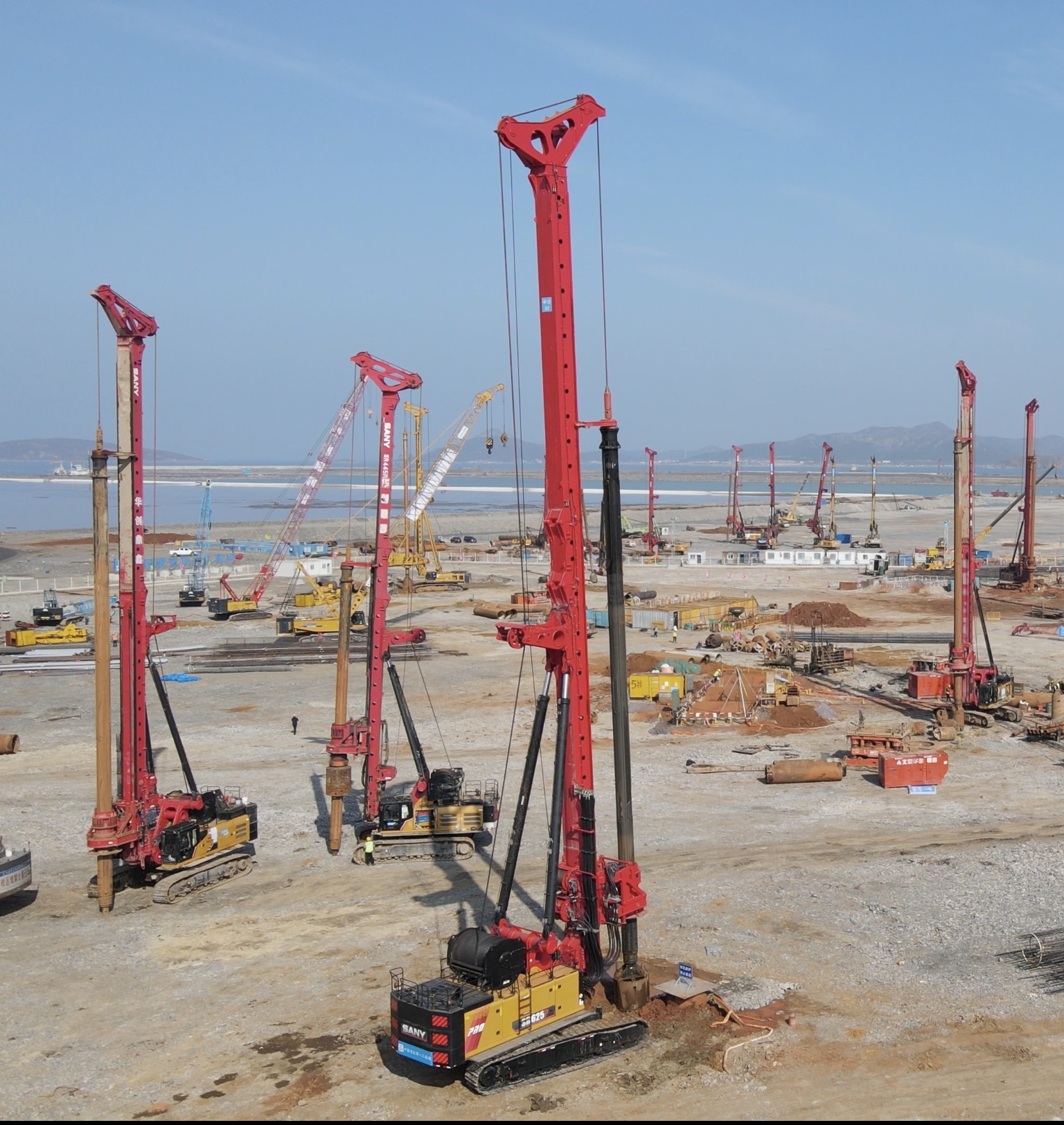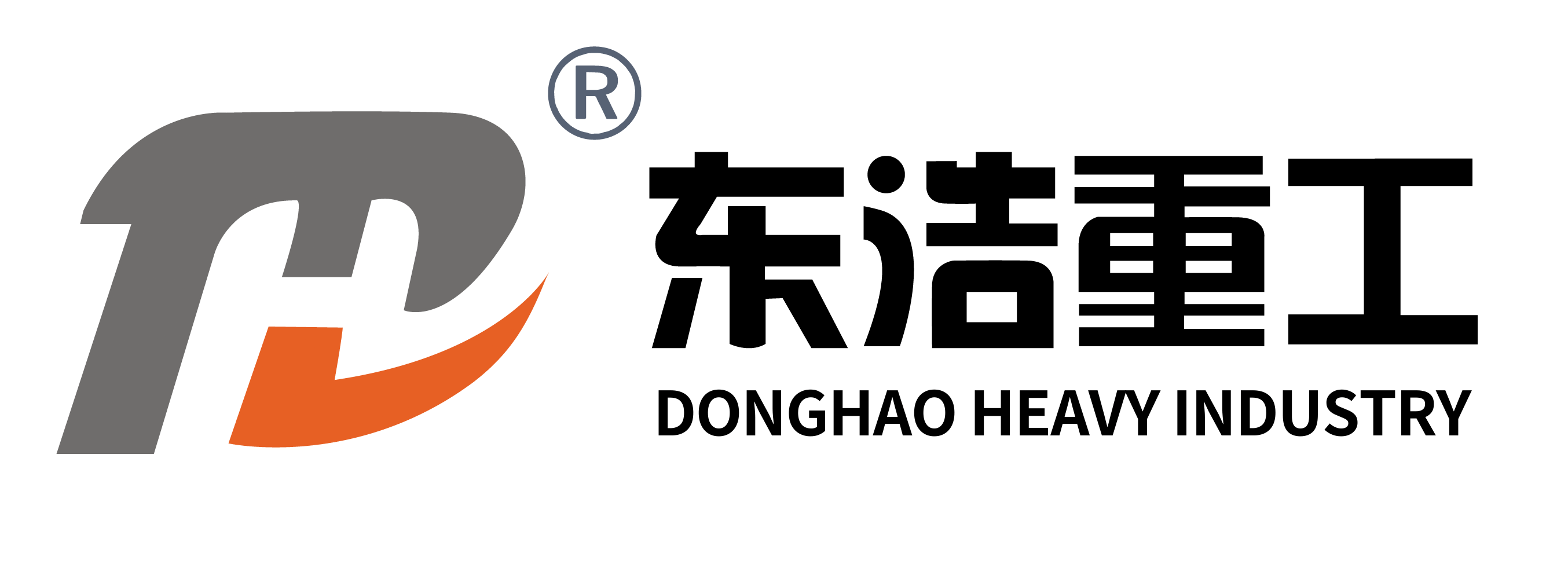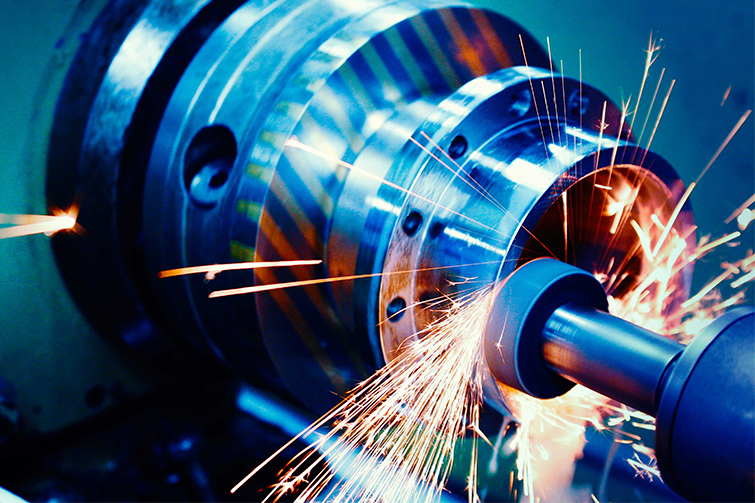

Advanced Water Well Drilling Rigs: Engineering Excellence and Economic Benefits

Introduction to Water Well Drilling Rigs
Water well drilling rigs are specialized machines designed to bore holes into the earth to access groundwater. These rigs are essential in various sectors, including agriculture, municipal water supply, and industrial applications. With over a decade of hands-on experience in construction engineering, I have witnessed how advancements in rig technology have revolutionized water extraction, making it more efficient and cost-effective. In this article, I will explore the technical details and business value of modern drilling rigs, focusing on their design, operation, and economic impact.
Technical Details of Modern Drilling Rigs
Modern water well drilling rigs incorporate sophisticated engineering to handle diverse geological conditions. Key components include the mast, rotary table, and mud pump system. For instance, a typical rig might feature a hydraulic top-drive system that allows for precise control during drilling. Parameters such as drilling depth capacity (up to 500 meters) and torque output (e.g., 10,000 Nm) are critical. In my projects, I have specified rigs with automated pipe handling to reduce manual labor and enhance safety. Additionally, the use of down-the-hole hammers for hard rock formations has proven effective, achieving penetration rates of 1-2 meters per hour in granite. These technical elements ensure reliable performance, minimizing downtime and maintenance costs.
Operational Efficiency and Maintenance
Efficient operation of drilling rigs hinges on proper setup and routine maintenance. From my fieldwork, I recommend conducting pre-drilling site surveys to assess soil composition and water table levels. Regular checks on drill bits and fluid circulation systems are essential to prevent equipment failure. For example, using high-quality drilling mud can improve hole stability and reduce the risk of collapse. Implementing predictive maintenance schedules based on sensor data has saved up to 20% in operational costs in my projects. This proactive approach not only extends the rig's lifespan but also ensures consistent output, which is vital for meeting project deadlines.
Business Value and Economic Impact
The commercial benefits of advanced drilling rigs are substantial. By reducing drilling time and labor requirements, these machines lower overall project costs. In a recent agricultural project, the use of a modern rig cut water well installation expenses by 30%, leading to faster ROI for farmers. Moreover, rigs equipped with GPS and data logging capabilities enable better resource management, aligning with sustainability goals. From a business perspective, investing in reliable rigs can open up new markets, such as in arid regions where water scarcity drives demand. My experience shows that companies adopting these technologies often see a 15-25% increase in profitability due to enhanced efficiency and reduced environmental compliance costs.
Common Questions
What factors should I consider when selecting a water well drilling rig?
When choosing a rig, evaluate the drilling depth, geological conditions, and budget. For hard rock areas, opt for rigs with high torque and hammer systems, while softer soils may require simpler rotary rigs. Always check for certifications and after-sales support to ensure long-term reliability.
How can I minimize environmental impact during drilling?
Use eco-friendly drilling fluids and implement spill containment measures. Proper waste management and monitoring of groundwater levels are crucial. In my projects, adhering to local regulations and using closed-loop systems has significantly reduced ecological footprints.
What are the common maintenance issues with drilling rigs?
Frequent issues include wear on drill bits, hydraulic leaks, and pump failures. Regular inspections and using genuine spare parts can prevent major breakdowns. I advise keeping a maintenance log and training operators on basic troubleshooting to address problems early.








